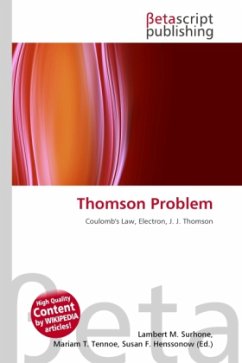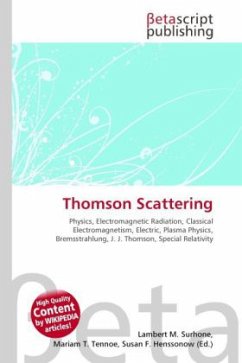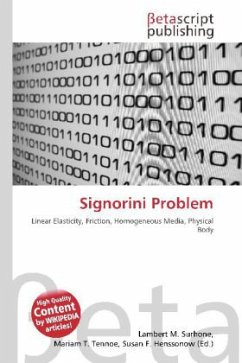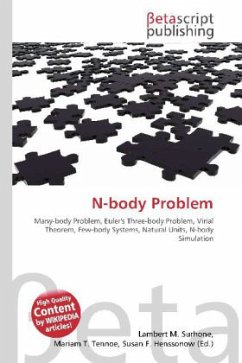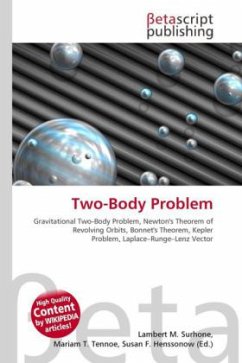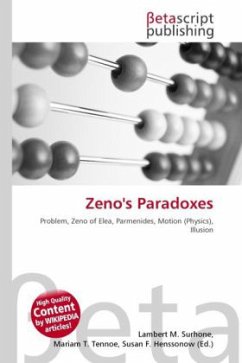High Quality Content by WIKIPEDIA articles! The Thomson problem is that of determining the minimum (ground state) energy configuration of N classical electrons on the surface of a sphere (or 2-sphere S2). The electrons repel each other with a force given by Coulomb's law. This problem is named for J. J. Thomson, who posed it in 1904 as part of the development of the plum pudding model of the atom. In this model, the electrons formed spherical shells. This one hundred year old puzzle (Thomson wrote "I have not as yet succeeded in getting a general solution") has many important physical realizations including multi-electron bubbles and the surface ordering of liquid metal drops confined in Paul traps. The Thomson problem is solved exactly for a few particles on the sphere and the energy per particle is known for a large number of particles on the surface of the sphere. Numerical results provide the best known solutions for a wide range of particle numbers. The configurations that are found have a great variety of geometrical structure.
Bitte wählen Sie Ihr Anliegen aus.
Rechnungen
Retourenschein anfordern
Bestellstatus
Storno

